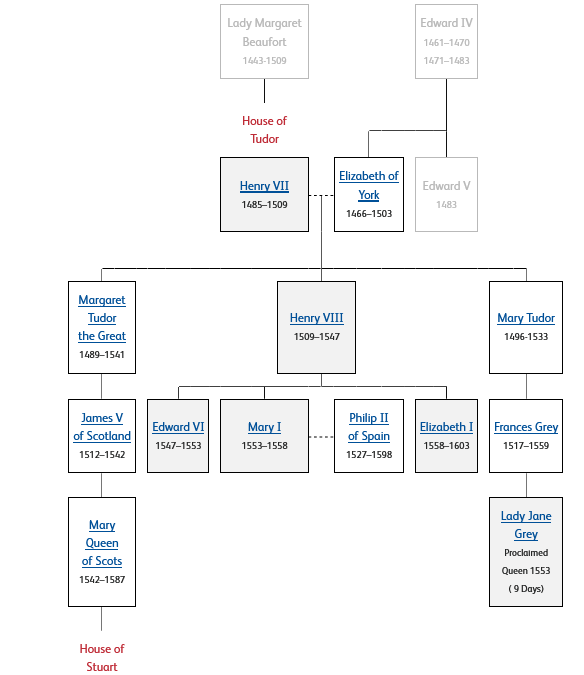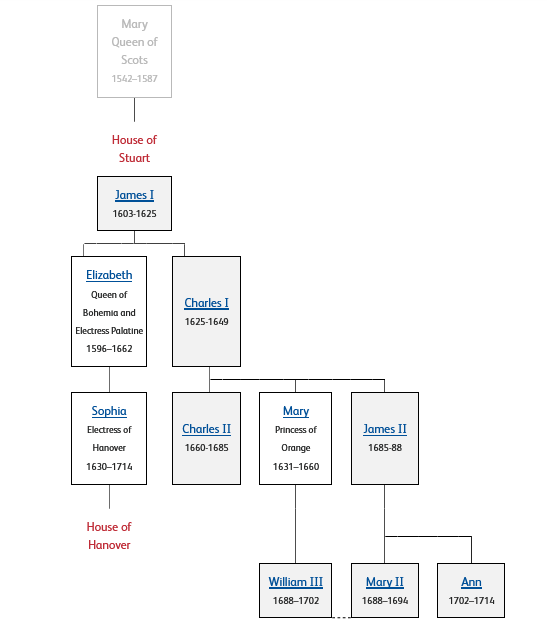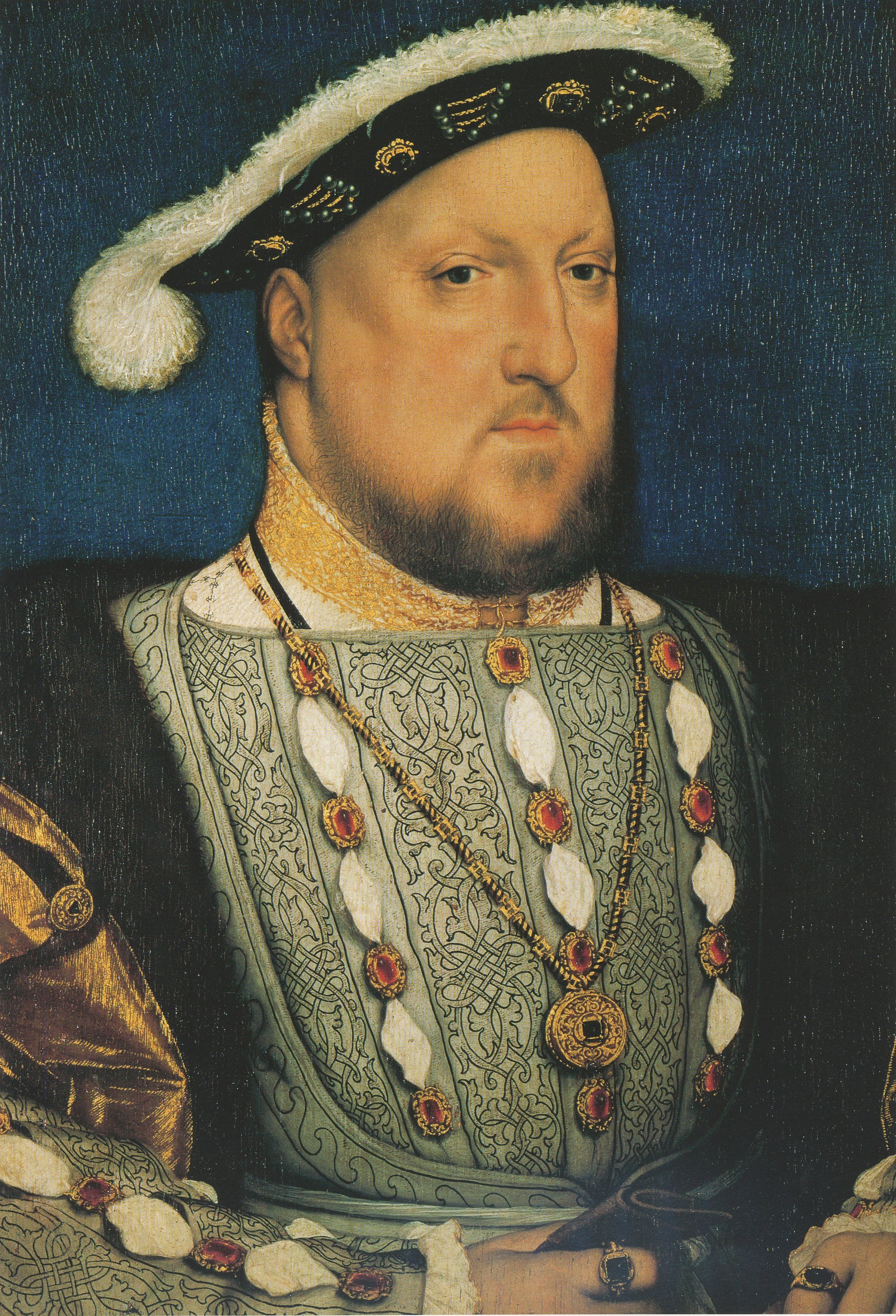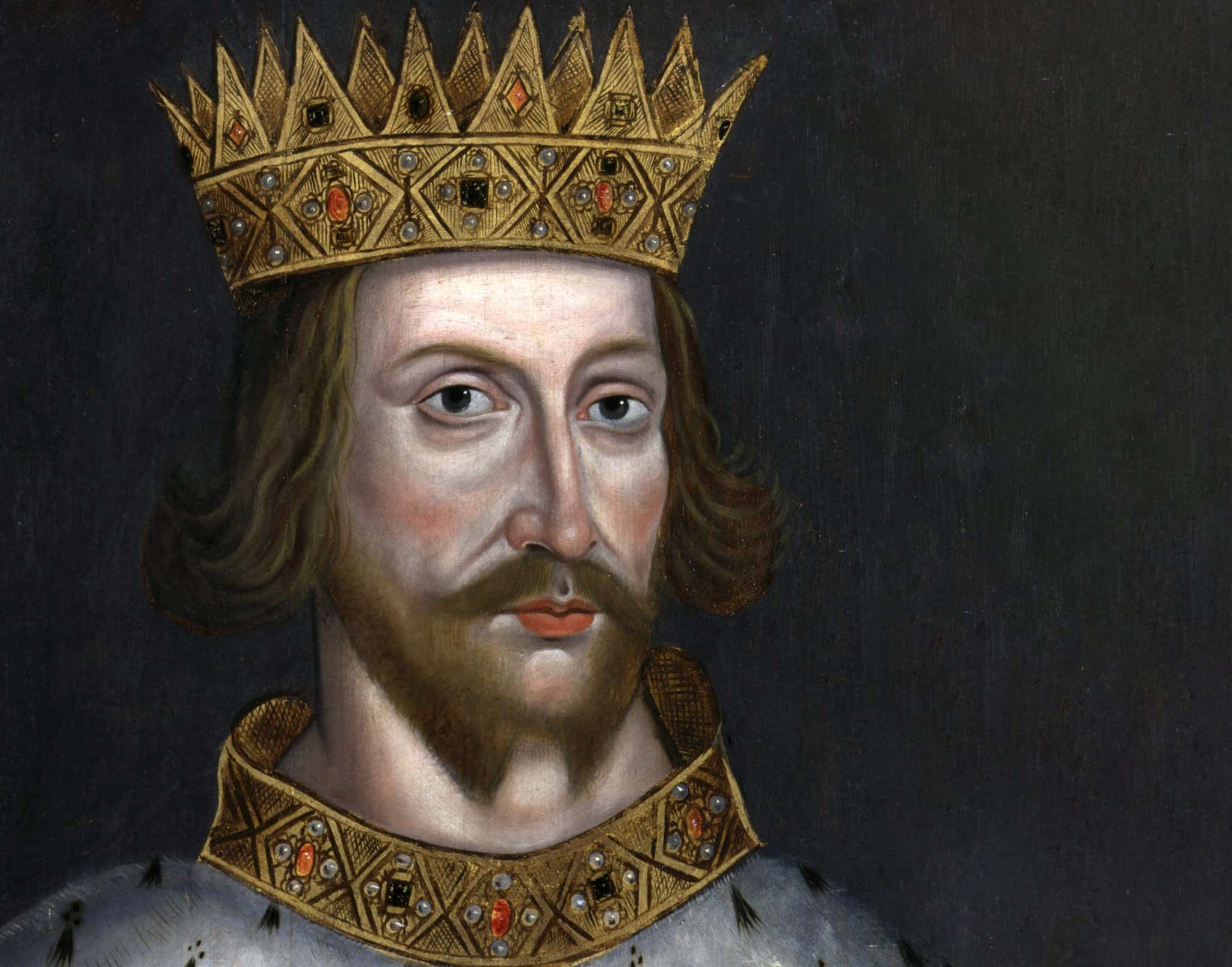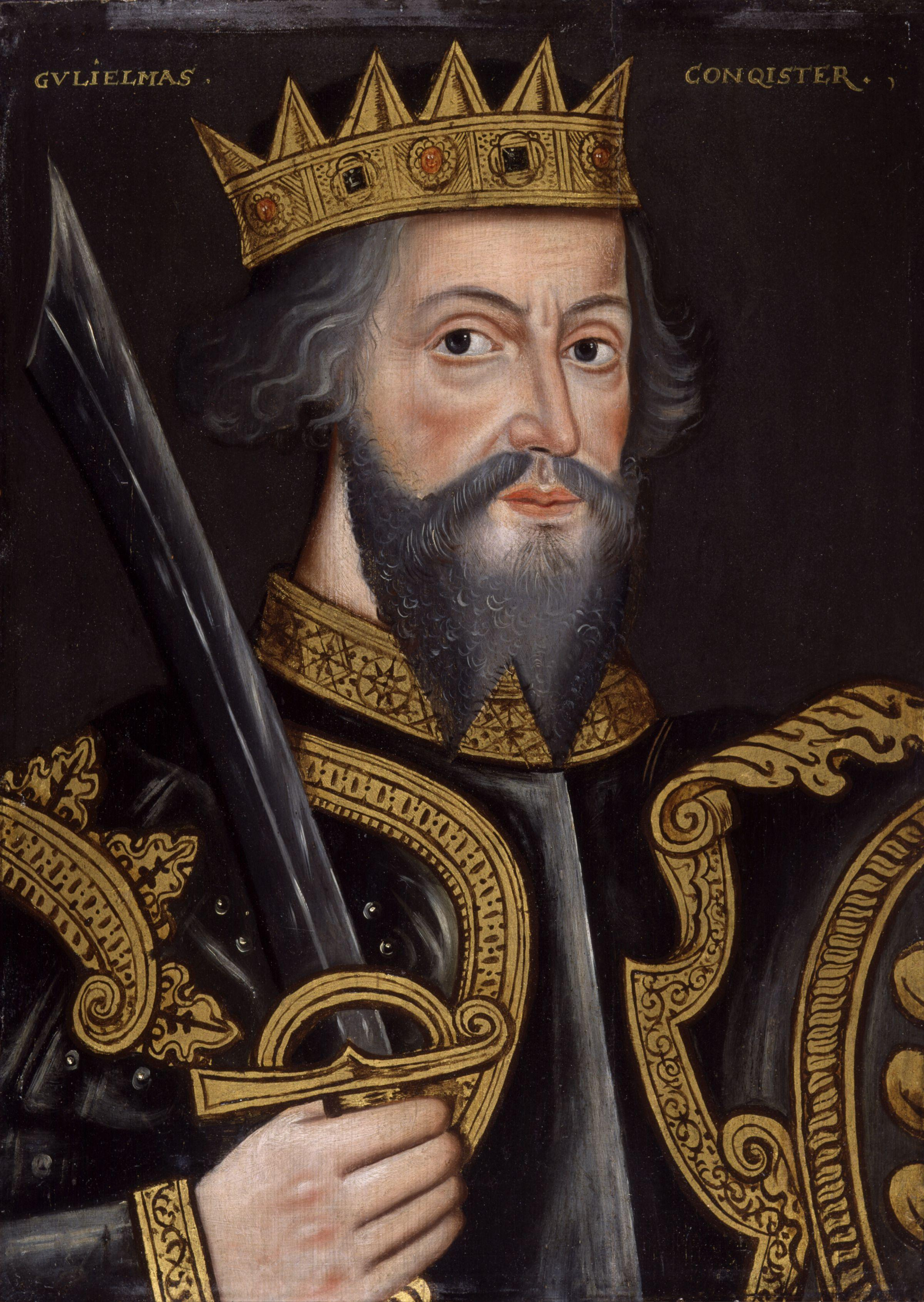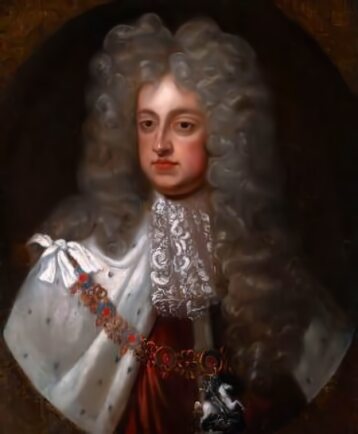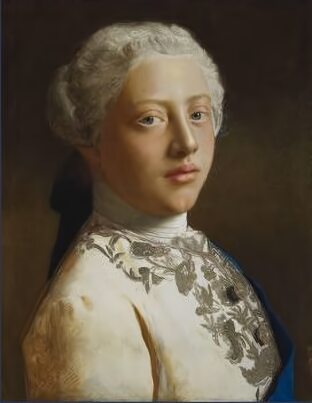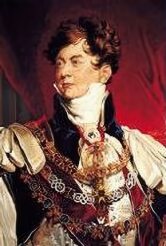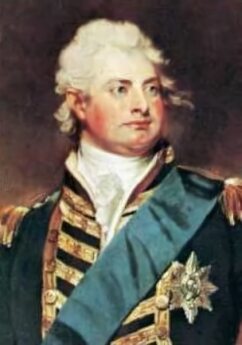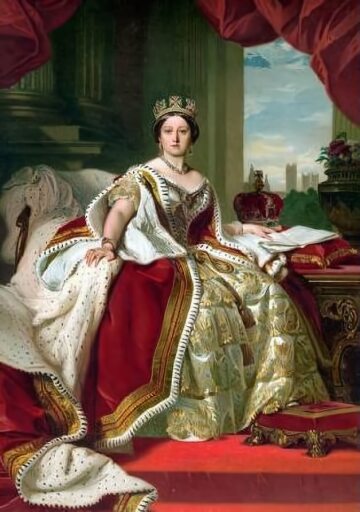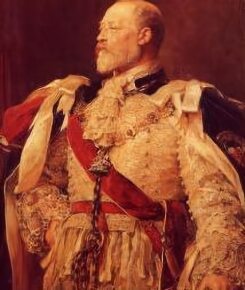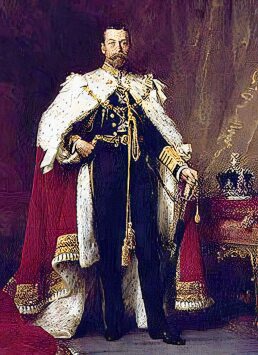Part
01
of four
Part
01
Who were the most prominent royal families other than the Windsors?
Key Takeaways
- According to sources such as the English Heritage, the Tudors are possibly the most famous royal family in English history. The Royal Family's website also describes the five monarchs of the Tudor dynasty as some of the most well-known figures in Royal history.
- The Stuarts were the first kings of the United Kingdom whose reign lasted from 1603 to 1714. Before ruling England, the Stuarts ruled Scotland for a very long time. However, because Queen Elizabeth I never married or had any children, when she died, her closest royal relative, King James VI of Scotland, succeeded her and became King James I of England. King James I's ascension united the two long-warring nations and signified the beginning of one of the most important eras in forming modern British society.
- King Henry VIII and his daughter Queen Elizabeth I are among the most famous monarchs from the Tudor dynasty to ever sit on the English throne while King James I and King Charles II are some of England’s most popular & beloved kings from the Stuart dynasty.
Introduction
The Kings and Queens of England can be traced far back to 871, when Celtic and Belgic tribesmen started settling in Britain. This report provides insights into the Tudor and Stuart dynasties, which are some of the most prominent British royal families other than the Windsors.
The Tudors
- According to sources such as the English Heritage, the Tudors are possibly the most famous royal family in English history. The Royal website also describes the five monarchs of the Tudor dynasty as some of the most well-known figures in Royal History.
- The Tudors who witnessed key events like the establishment of the American colonies and the foundation of the Royal Navy ruled for 118 years. Their reign lasted from 1485 to 1603.
- King Henry VIII and his daughter Queen Elizabeth I are among the most famous monarchs from the Tudor dynasty to ever sit on the English throne.
- King Henry VIII succeeded the throne at 17 years old after the death of his father, Henry VII. He was also allowed to marry his late brother’s wife, Catherine of Aragon, after the pope gave a special dispensation. The young king’s rule lasted from 1509 to 1547.
- Queen Elizabeth I (also known as the Virgin Queen) is considered to be the greatest English monarch by many according to the English History. She ruled from 1558 to 1603 after her half-sister Queen Mary I, who took over from their father, died.
- The Tudor period is one of the most exciting eras in English History as they introduced many changes. Under Tudors, the church of England was formed to cancel out the power of the Catholic church after king Henry VIII’s request to annul his marriage with Catherine was denied. This brought about the martyrdom of many Catholics and Protestants during the Tudor era. The growth of the English Renaissance, the defeat of the Spanish Armada, and England becoming one of the leading European colonial powers are also some of the major events that shaped this era.
- The creation of the Royal Mail (the first national postal service), growth of the Royal Navy, defeat of the Spanish Armada, and blossoming of the Royal Exchange (the first purpose-built center for trading stocks in London) are some of the great achievements of the Tudors that shaped modern Britain.
- However, the messy separation from the Catholic church and persecution of the people who opposed it during king Henry VIII’s reign and later on the killing of protestants who refused to convert back to Catholicism when Queen Mary I tried to reconcile with Rome goes down in history books as one of the major failures of the Tudor dynasty.
- One interesting fact about the Tudor monarchs and aristocrats is that they inherited mottos, which could change to reflect important occasions, that would be placed alongside their personal symbols on their servants’ uniforms. Some of the mottos had a quite modern feel. For instance, during the Christmas period in 1530, in reference to her intention to marry King Henry VIII, Anne Boleyn used the motto ‘Ainsi sera, groigne qui groigne’ which translates to more or less ‘Haters gonna hate’.
The Stuarts
- According to the Royal website, the Stuarts were the first kings of the United Kingdom whose reign lasted from 1603 to 1714.
- Before ruling England, the Stuarts ruled Scotland for a very long time. However, because Queen Elizabeth I never married or had any children, when she died, her closest royal relative, King James VI of Scotland, succeeded her and became King James I of England. King James I's ascension united the two long-warring nations and signified the beginning of one of the most important eras in forming modern British society.
- As the first king to rule over both Scotland and England, King James I is one of the well-known rulers from the Stuarts dynasty. He was an able theologian and ordered the translation of the bible, which is popularly known as King James's Version of the Bible. He ruled from 1603 to 1625.
- King Charles II is also one of England’s most popular & beloved kings from the Stuart dynasty. He was also known as the Merry Monarch, in “reference to both the liveliness & hedonism of his court & the general relief at the return to normality after over a decade of rule by Cromwell & the Puritans.”
- The Stuarts’ era, just like the Tudors’ period, witnessed a lot of changes and intense events, such as religious strife and radical politics, which brought about a bloody civil war in the mid-seventeenth century. As one of the most fascinating eras in British history, this era witnessed “civil war, rebellion, the beheading of a king, plague outbreaks, the Great Fire of London, and a successful foreign invasion,” among other things.
- Despite the many challenges this dynasty faced, the Stuarts played a huge role in Britain's commercial revolution. The nation’s merchant fleet flourished leading to increased trade and citizens’ standards of living improved because of the advancements in coal mining and agriculture during this dynasty’s reign.
- The first and second civil wars, which broke out in 1642 and 1648, respectively, can be said to be one of the dynasty’s major failures. The first civil war broke out in 1642 after King Charles I refused to give Parliament real power in State and Church. Many people were killed while others were “pressed into active service for the first time since the Middle Ages.” King Charles was defeated in this war and was imprisoned but under the guise of peace negotiations, he was able to provoke the second civil war in 1648. This time around, the Parliament ordered his execution, and he was beheaded. As a result, the monarchy and the House of Lords were abolished until 1660, when King Charles II was welcomed from his exile.
- According to History Extra, one of the most surprising facts about the Stuarts is that they had a nasty habit of losing their heads. Mary, Queen of the Scots, her grandson King Charles I, and King Charles I’s grandson (the Duke of Monmouth), all lost their heads to the executioner’s axe.
Research Strategy
For this research on the most prominent royal families other than the Windsors, we leveraged the most reputable sources of information that were available in the public domain, including the Royal website, English Heritage, and BBC, among others.
